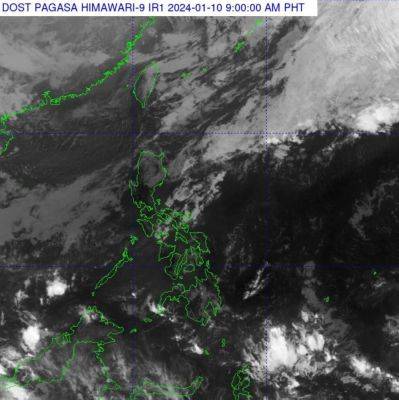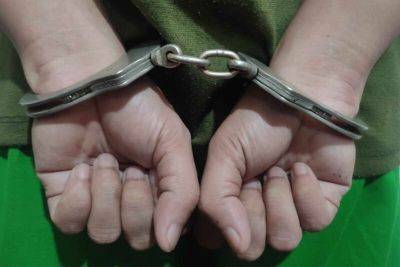‘Poverty alleviation most hobbled by pandemic’
MANILA, Philippines — All presidents in the post-Marcos Sr. era managed to reduce the country’s poverty level, with the country surviving both the 1997 Asian financial crisis and the 2008 global meltdown, but not the 2020 COVID-19 pandemic.
Statistics provided by the Department of Social Welfare and Development showed that poverty incidence shrank at an average of four percent every three years (where data is regularly gauged) from 1985 to 2023 – or from the administration of Marcos Sr. to his son Ferdinand Jr.
The graph prepared by the National Anti-Poverty Commission (NAPC) showed there was massive poverty at 44.2 percent during 1985 under Marcos Sr., but which the late president Cory Aquino managed to drop to 40.2 three years later in 1988.
This went down further to 39.9 percent in 1991, a year before she stepped down from power in 1992. Overall, she managed to bring down poverty level by a total of 4.3 percentage points from the era of political turmoil that toppled the Marcos Sr. presidency in February 1986.
As per NAPC’s Poverty Reduction Trend, poverty level was at 35.5 percent in 1993 shortly after the late president Fidel Ramos took over, and went down to 31.8 in 1996 – a year before the 1997 Asian financial crisis.
The poverty level, however, went up in another turbulent era, the EDSA Dos of ex-president Joseph Estrada.
Data indicated the marginalized sector grew slightly to 33.7 percent in 2000, two years after Estrada took over the reins of power in 1998, where he won by a landslide over his main opponent, former House speaker Jose de Venecia.
Estrada’s short two-and-a-half-year stint in the Palace made a very slight dent in poverty with just 1.8 percent.
Figures went down to 30.4 percent in 2002, shortly after Estrada was toppled in January 2001.
The Estrada administration appeared to have pushed poverty incidence by as much as 5.1 percent, but this was obviously with the significant help of his former vice president Gloria Macapagal-Arroyo – an economist – who succeeded him in the 2001 revolt.
Records also showed Arroyo had the biggest poverty level cut, with a total of 4.1 percent – from 2002 to 2009 – or a spread of eight years.
Poverty levels







